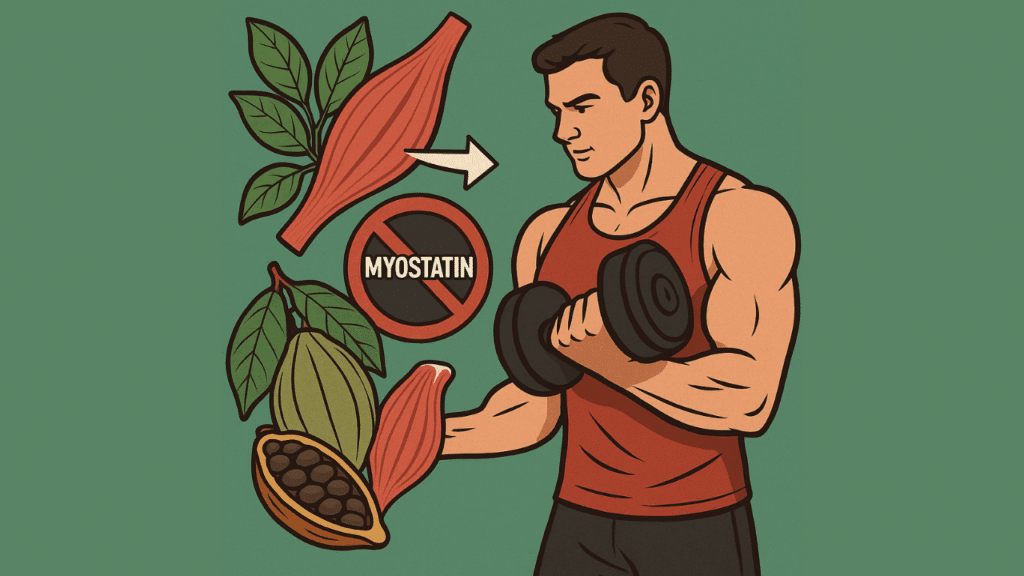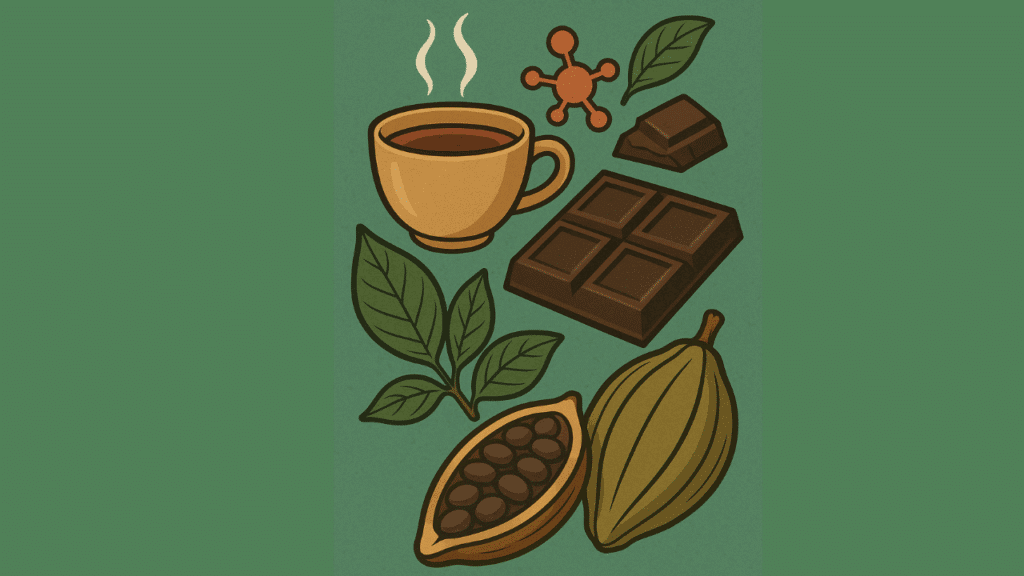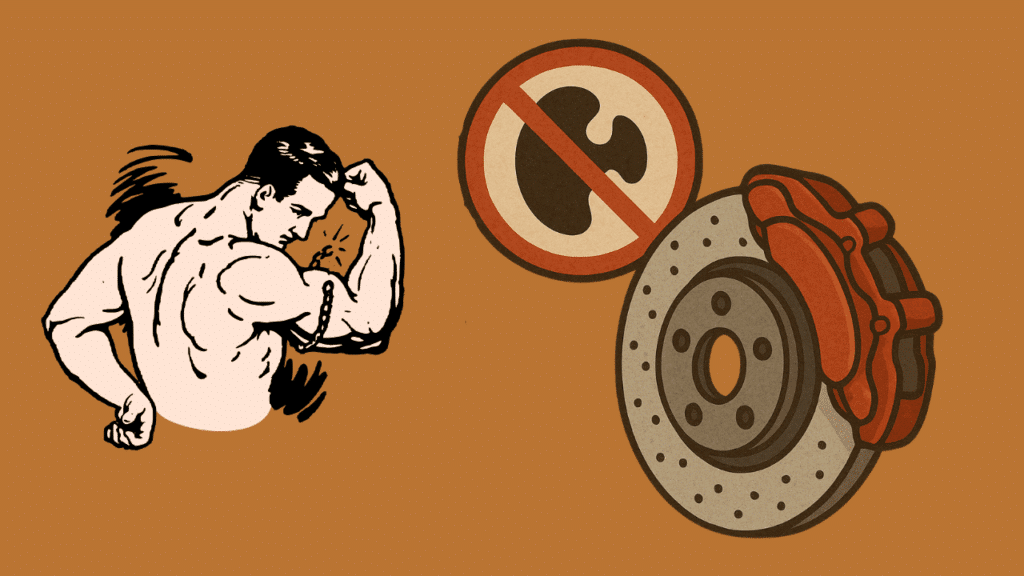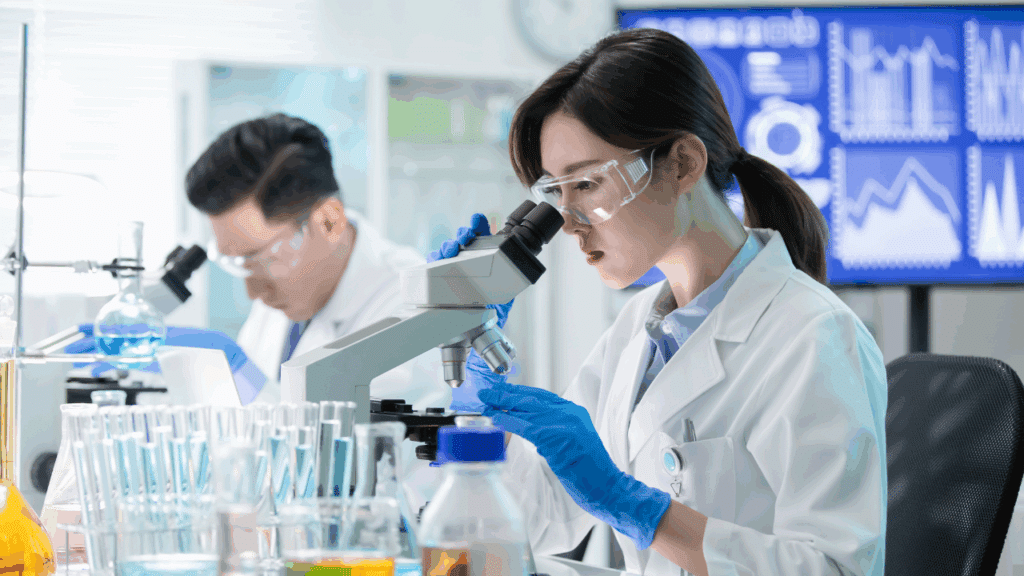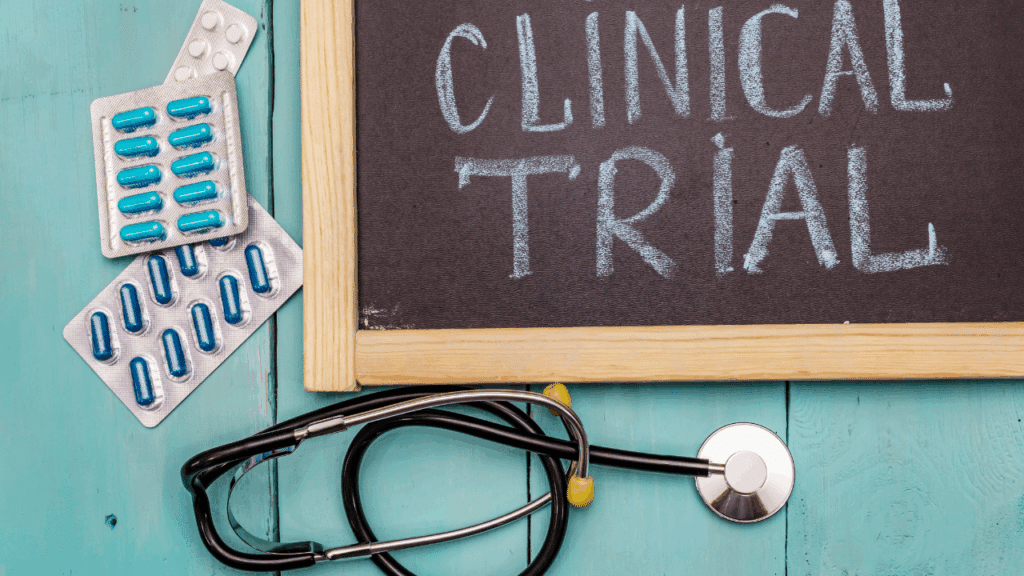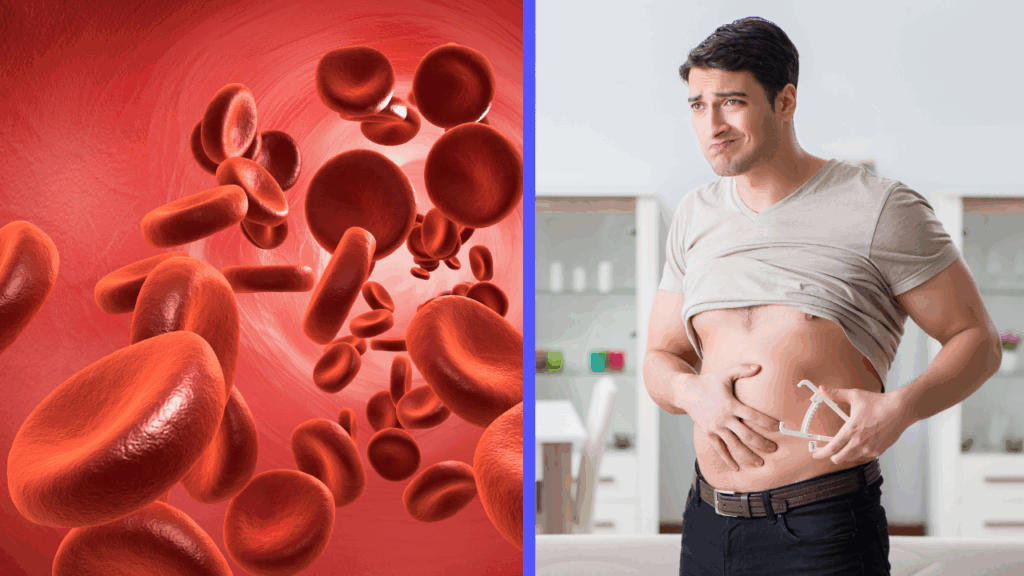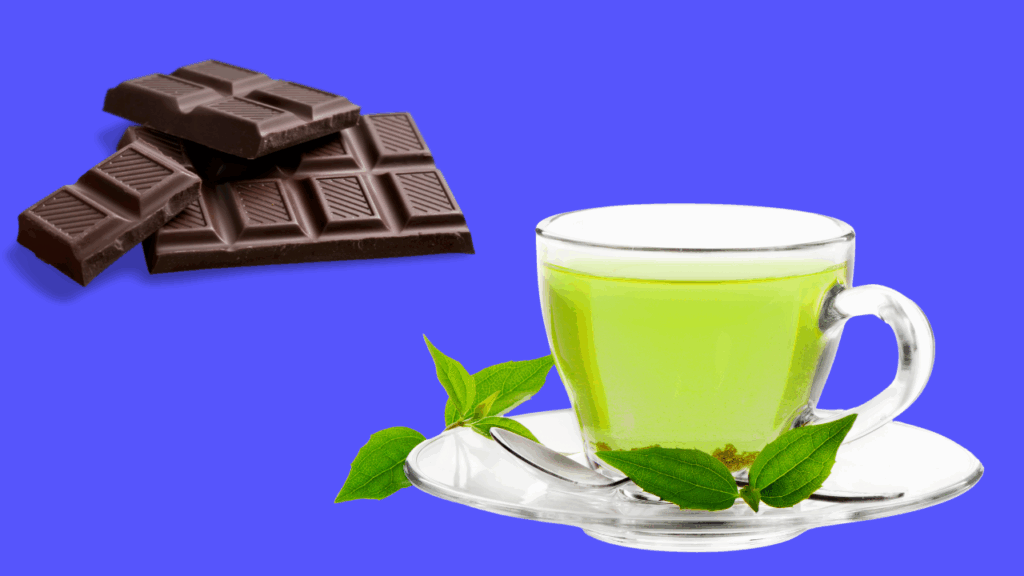- https://www.transparentlabs.com/blogs/all/epicatechin-benefits?srsltid=AfmBOoollrFOezt94wLSiTnsFSO4BF4nJWdbaizJslKMQ1KOx1xQXsbh#:~:text=Epicatechin%20appears%20to%20augment%20anaerobic,generating%22%29%20factors
- https://www.transparentlabs.com/blogs/all/epicatechin-benefits?srsltid=AfmBOoollrFOezt94wLSiTnsFSO4BF4nJWdbaizJslKMQ1KOx1xQXsbh#:~:text=Catechin%20and%20its%20derivatives%20%28,leaves%20and%20cocoa%20beans%2Fdark%20chocolate.com.
- https://www.mdpi.com/2072-6643/16/2/326#:~:text=EC%20is%20a%20polyphenolic%20compound,the%20biological%20properties%20of%20epicatechin
- https://methuselahlongevity.com/product/eternal-sunset-collection-lip-and-cheek-set-with-jojoba-oil/#:~:text=Epicatechin%20is%20more%20formally%20known,the%20concentration%20of%20flavonols%20inside
- https://methuselahlongevity.com/product/eternal-sunset-collection-lip-and-cheek-set-with-jojoba-oil/#:~:text=,%E2%80%9D
- https://www.transparentlabs.com/blogs/all/epicatechin-benefits?srsltid=AfmBOoollrFOezt94wLSiTnsFSO4BF4nJWdbaizJslKMQ1KOx1xQXsbh#:~:text=When%20myostatin%20binds%20to%20its,pathway%20%5B11
- https://www.transparentlabs.com/blogs/all/epicatechin-benefits?srsltid=AfmBOoollrFOezt94wLSiTnsFSO4BF4nJWdbaizJslKMQ1KOx1xQXsbh#:~:text=The%20body%20produces%20slightly%20more,dystrophy%2C%20and%20other%20musculoskeletal%20conditions
- https://www.transparentlabs.com/blogs/all/epicatechin-benefits?srsltid=AfmBOoollrFOezt94wLSiTnsFSO4BF4nJWdbaizJslKMQ1KOx1xQXsbh#:~:text=Theoretically%2C%20lower%20myostatin%20levels%20will,17
- https://www.transparentlabs.com/blogs/all/epicatechin-benefits?srsltid=AfmBOoollrFOezt94wLSiTnsFSO4BF4nJWdbaizJslKMQ1KOx1xQXsbh#:~:text=Epicatechin%20appears%20to%20augment%20anaerobic,generating%22%29%20factors
- https://pubmed.ncbi.nlm.nih.gov/24314870/#:~:text=while%20those%20of%20follistatin%20and,This%20flavanol%20warrants%20its%20comprehensive
- https://pubmed.ncbi.nlm.nih.gov/24314870/#:~:text=while%20those%20of%20follistatin%20and,This%20flavanol%20warrants%20its%20comprehensive
- https://pubmed.ncbi.nlm.nih.gov/24314870/#:~:text=strength%20and%20levels%20of%20modulators,on%20modulators%20of%20muscle%20growth%2Fdifferentiation
- https://pubmed.ncbi.nlm.nih.gov/24314870/#:~:text=strength%20and%20levels%20of%20modulators,This%20flavanol%20warrants%20its%20comprehensive
- https://www.mdpi.com/2072-6643/16/2/326#:~:text=myoblast%20cell,musculature%20performance%2C%20particularly%20when%20combined
- https://www.transparentlabs.com/blogs/all/epicatechin-benefits?srsltid=AfmBOoollrFOezt94wLSiTnsFSO4BF4nJWdbaizJslKMQ1KOx1xQXsbh#:~:text=,increases%20when%20myostatin%20is%20inhibited
- https://pubmed.ncbi.nlm.nih.gov/24314870/#:~:text=strength%20and%20levels%20of%20modulators,This%20flavanol%20warrants%20its%20comprehensive
- https://pubmed.ncbi.nlm.nih.gov/24314870/#:~:text=strength%20and%20levels%20of%20modulators,This%20flavanol%20warrants%20its%20comprehensive
- https://pubmed.ncbi.nlm.nih.gov/24314870/#:~:text=strength%20and%20levels%20of%20modulators,on%20modulators%20of%20muscle%20growth%2Fdifferentiation
- https://pubmed.ncbi.nlm.nih.gov/24314870/#:~:text=Sarcopenia%20is%20a%20notable%20and,In%20mice
- https://pubmed.ncbi.nlm.nih.gov/24314870/#:~:text=while%20those%20of%20follistatin%20and,This%20flavanol%20warrants%20its%20comprehensive
- https://pubmed.ncbi.nlm.nih.gov/24314870/#:~:text=while%20those%20of%20follistatin%20and,This%20flavanol%20warrants%20its%20comprehensive
- https://www.blueoaknx.com/study/epicatechin-is-safe-with-good-tolerability-and-is-rapidly-absorbed-in-adults/#:~:text=,muscle%20mass%2C%20strength%2C%20and%20regeneration
- https://www.frontiersin.org/journals/nutrition/articles/10.3389/fnut.2018.00132/full#:~:text=for%20the%20%28%E2%80%93%29,adaptations%20to%20cycle%20exercise%20training
- https://www.frontiersin.org/journals/nutrition/articles/10.3389/fnut.2018.00132/full#:~:text=,adaptations%20to%20cycle%20exercise%20training
- https://pubmed.ncbi.nlm.nih.gov/30299198/#:~:text=To%20investigate%20the%20effects%20of,ratio%2C%20leg%20press%2C%20and%20chest
- https://pubmed.ncbi.nlm.nih.gov/30299198/#:~:text=pretest%20and%20posttest%20measurement%20was,simultaneously%20seems%20to%20have%20a
- https://pubmed.ncbi.nlm.nih.gov/30299198/#:~:text=pretest%20and%20posttest%20measurement%20was,factors%20and%20preventing%20the%20progression
- https://pubmed.ncbi.nlm.nih.gov/30299198/#:~:text=was%20observed%20in%20follistatin%2C%20follistatin%2Fmyostatin,preventing%20the%20progression%20of%20sarcopenia
- https://www.transparentlabs.com/blogs/all/epicatechin-benefits?srsltid=AfmBOoollrFOezt94wLSiTnsFSO4BF4nJWdbaizJslKMQ1KOx1xQXsbh#:~:text=,18%2C%2019%2C%2020
- https://www.transparentlabs.com/blogs/all/epicatechin-benefits?srsltid=AfmBOoollrFOezt94wLSiTnsFSO4BF4nJWdbaizJslKMQ1KOx1xQXsbh#:~:text=Unfortunately%2C%20that%20doesn%27t%20seem%20to,14%2C%2015
- https://www.transparentlabs.com/blogs/all/epicatechin-benefits?srsltid=AfmBOoollrFOezt94wLSiTnsFSO4BF4nJWdbaizJslKMQ1KOx1xQXsbh#:~:text=Unfortunately%2C%20that%20doesn%27t%20seem%20to,14%2C%2015
- https://www.mdpi.com/2072-6643/16/2/326#:~:text=myoblast%20cell,musculature%20performance%2C%20particularly%20when%20combined
- https://pubmed.ncbi.nlm.nih.gov/24314870/#:~:text=while%20those%20of%20follistatin%20and,This%20flavanol%20warrants%20its%20comprehensive
- https://www.transparentlabs.com/blogs/all/epicatechin-benefits?srsltid=AfmBOoollrFOezt94wLSiTnsFSO4BF4nJWdbaizJslKMQ1KOx1xQXsbh#:~:text=,improve%20cardiovascular%20and%20brain%20functioning
- https://www.frontiersin.org/journals/nutrition/articles/10.3389/fnut.2018.00132/full#:~:text=Results%20from%20human%20trials%20indicate,study%2C%20an%20increase%20in%20plasma
- https://www.transparentlabs.com/blogs/all/epicatechin-benefits?srsltid=AfmBOoollrFOezt94wLSiTnsFSO4BF4nJWdbaizJslKMQ1KOx1xQXsbh#:~:text=,improve%20cardiovascular%20and%20brain%20functioning
- https://www.transparentlabs.com/blogs/all/epicatechin-benefits?srsltid=AfmBOoollrFOezt94wLSiTnsFSO4BF4nJWdbaizJslKMQ1KOx1xQXsbh#:~:text=,improve%20cardiovascular%20and%20brain%20functioning
- https://www.transparentlabs.com/blogs/all/epicatechin-benefits?srsltid=AfmBOoollrFOezt94wLSiTnsFSO4BF4nJWdbaizJslKMQ1KOx1xQXsbh#:~:text=Epicatechin%20supplements%20are%20intriguing%20for,9
- https://www.transparentlabs.com/blogs/all/epicatechin-benefits?srsltid=AfmBOoollrFOezt94wLSiTnsFSO4BF4nJWdbaizJslKMQ1KOx1xQXsbh#:~:text=,improve%20cardiovascular%20and%20brain%20functioning
- https://pubmed.ncbi.nlm.nih.gov/24314870/#:~:text=while%20those%20of%20follistatin%20and,This%20flavanol%20warrants%20its%20comprehensive
- https://www.frontiersin.org/journals/nutrition/articles/10.3389/fnut.2018.00132/full#:~:text=for%20the%20%28%E2%80%93%29,adaptations%20to%20cycle%20exercise%20training
- https://www.transparentlabs.com/blogs/all/epicatechin-benefits?srsltid=AfmBOoollrFOezt94wLSiTnsFSO4BF4nJWdbaizJslKMQ1KOx1xQXsbh#:~:text=,improve%20cardiovascular%20and%20brain%20functioning
- https://www.mdpi.com/2072-6643/16/2/326#:~:text=EC%20is%20a%20polyphenolic%20compound,the%20biological%20properties%20of%20epicatechin
- https://www.mdpi.com/2072-6643/16/2/326#:~:text=EC%20is%20a%20polyphenolic%20compound,the%20biological%20properties%20of%20epicatechin
- https://www.transparentlabs.com/blogs/all/epicatechin-benefits?srsltid=AfmBOoollrFOezt94wLSiTnsFSO4BF4nJWdbaizJslKMQ1KOx1xQXsbh#:~:text=Curiously%2C%20studies%20that%20found%20a,to%20enhance%20skeletal%20muscle%20adaptation
- https://www.blueoaknx.com/study/epicatechin-is-safe-with-good-tolerability-and-is-rapidly-absorbed-in-adults/#:~:text=,sustained%20effect%20on%20follistatin%20production
- https://www.blueoaknx.com/study/epicatechin-is-safe-with-good-tolerability-and-is-rapidly-absorbed-in-adults/#:~:text=,sustained%20effect%20on%20follistatin%20production
- https://www.sciencedirect.com/topics/agricultural-and-biological-sciences/epicatechin#:~:text=Epicatechin%20,ache%2C%20abdominal%20pain%2C%20dizziness%2C
- https://www.frontiersin.org/journals/nutrition/articles/10.3389/fnut.2018.00132/full#:~:text=for%20the%20%28%E2%80%93%29,adaptations%20to%20cycle%20exercise%20training
- https://pmc.ncbi.nlm.nih.gov/articles/PMC2519218/#:~:text=and%20long,6%2C%2012
- https://www.transparentlabs.com/blogs/all/epicatechin-benefits?srsltid=AfmBOoollrFOezt94wLSiTnsFSO4BF4nJWdbaizJslKMQ1KOx1xQXsbh#:~:text=Based%20on%20current%20evidence%2C%20a,per%20day%20for%20proper%20results
- https://www.frontiersin.org/journals/nutrition/articles/10.3389/fnut.2018.00132/full#:~:text=muscle%20mitochondrial%20protein%20content%2C%20and,0.01%29.%20A
- https://pubmed.ncbi.nlm.nih.gov/24314870/#:~:text=while%20those%20of%20follistatin%20and,This%20flavanol%20warrants%20its%20comprehensive
- https://pubmed.ncbi.nlm.nih.gov/30299198/#:~:text=pretest%20and%20posttest%20measurement%20was,factors%20and%20preventing%20the%20progression
×
Why Choose to Autoship?
- Automatically re-order your favorite products on your schedule.
- Easily change the products or shipping date for your upcoming Scheduled Orders.
- Pause or cancel any time.
